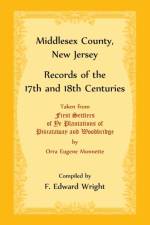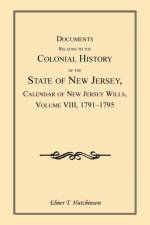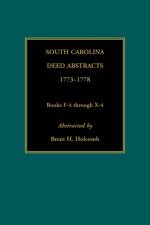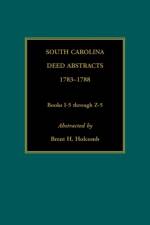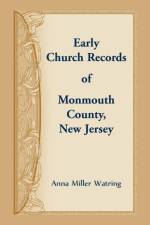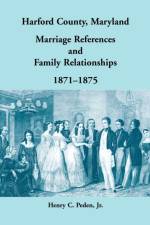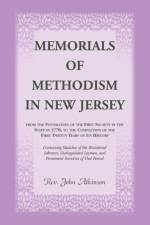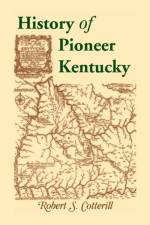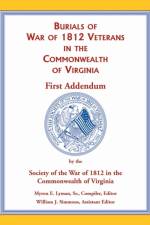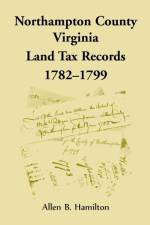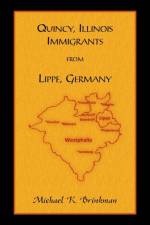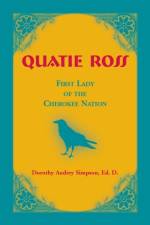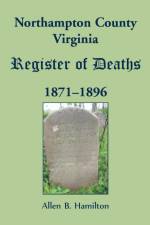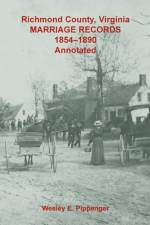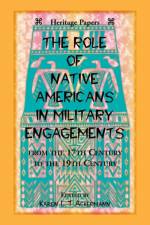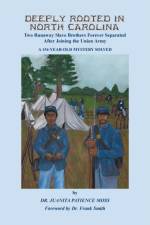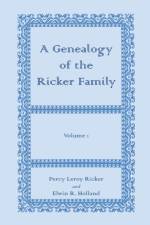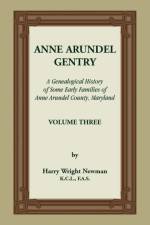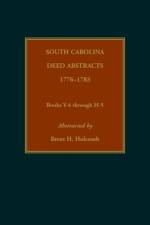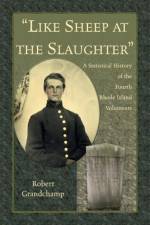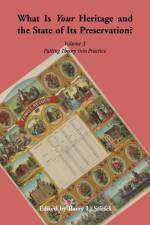von John Atkinson
45,00 €
This work is concerned with important facts and incidents connected with the rise and progress of Methodism in New Jersey within the first twenty years of its history, along with sketches of most of the ministers of this period, and several of the more prominent and influential laymen. "The first of this sect, of whom we have any information, was John Early, a native of Ireland, where he was born in the year 1738. He immigrated to this country in 1764, and settled in New Jersey." But, it is the zealous Captain Thomas Webb (preaching as early as 1770) that must be credited with laying the foundation of Methodism in New Jersey, and inspiring the first class-reader, Joseph Toy. The early efforts of Bishop Asbury, the first conference of 1773 followed by subsequent conferences up to 1789, the first church, progress in Burlington and New Mills, Benjamin Abbott and Salem, brief sketches of preachers: Watters, Pillmore, Ivy, Tunnell, Everett, Rowe, Thomas, Spry, Ringold, Hickson, and Magary, and much more are covered. Adams, Borden, Brush, Chew, Cloud, Combs, Coke, Cook, Cooper, Cox, Crane, Cromwell, Duke, Dudley, Ellis, Fidler, Foster, Garrettson, Gill, Greentree, Haggerty, Heiser, Jackson, James, Lee, Merrick, Metcalf, Mills, Molliner, Morrell, Ogden, Partridge, Pedicord, Phoebus, Pyle, Sears, Shadford, Shaw, Sparks, Sterling, Swain, Walker, Ware, and Wesley are some of the many names that pepper these pages.

